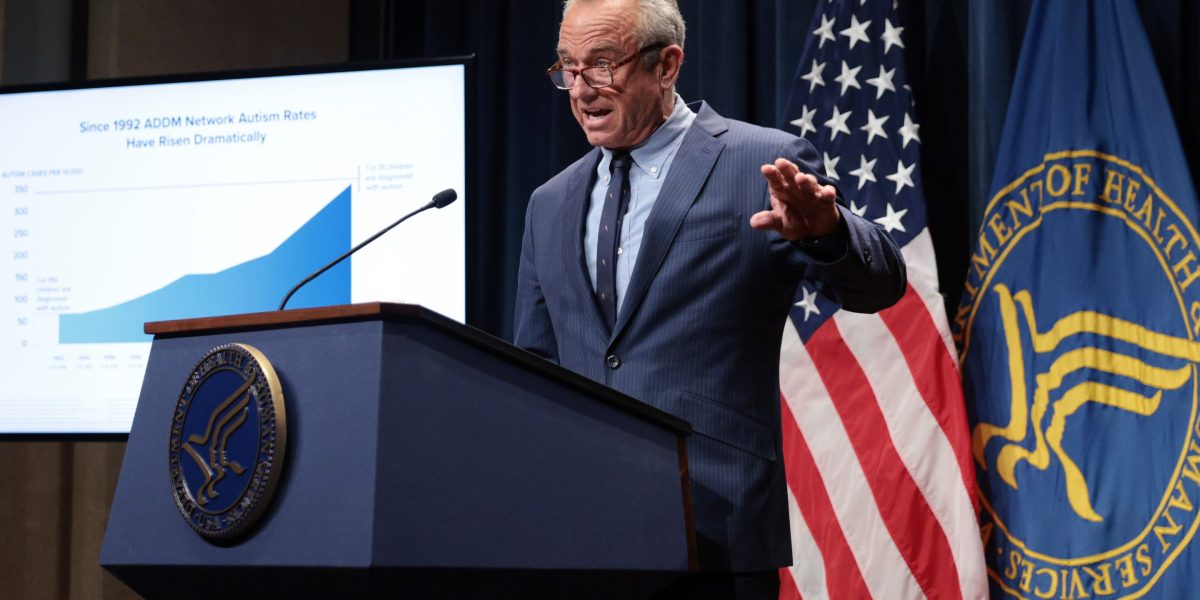A leader’s job is to make bold decisions, even when they are unpopular. That’s what happened two years ago when I announced that the staff of Capitolis would be going back to work full-time in our New York and London offices.
Tech and financial companies have led the return-to-office charge—from Goldman Sachs to more recent campaigns by Amazon’s Andy Jassy and JPMorgan Chase’s Jamie Dimon. I assume many will disagree with my decision, some passionately so. That’s fine. I don’t claim to have found the formula for all companies. But nearly two years in, this much is clear to me: We are simply better when we’re together.
In office is not for everyone (and that’s okay)
We lose many candidates because of our policy, and we are okay with that—it says as much in our company values statement that we are not for everyone. Capitolis is a company of more than 150 people and continues to grow. Of the over 10 million people who live in the New York City area, we are looking for those who value and seek full-time, face-to-face work, and we are oversubscribed for every open role we seek to fill. For those who do not buy into working from the office—this is not the right place. However, our business growth, productivity, and 2% undesired turnover last year tell me this is working.
Yet for all our successes, going back to the office full-time was not without friction. I was asked, “Don’t you trust us? We worked hard during the pandemic, and it worked.” I was warned we would fail to attract millennial or Gen Z employees who value work-life balance, and that we would struggle to compete with firms offering flexible work policies. I understand the desire to avoid commuting, or even putting on pants, and I get that many people can work efficiently from home. I carefully considered these arguments. I had the opportunity to try the work-from-home magic pill, and I am not buying.
Learning happens through osmosis
In my decades working in the office, I have seen the value of human interaction in bringing out everyone’s best. Every single day, there are countless chance encounters with other people in the company, with clients, impromptu meetings and conversations, spontaneous ideas that arise. There is a buzz, an energy, that can’t be felt on Zoom; it is a good backup, but virtual meetings are linear, timed, restrictive, and not at all organic.
Face-to-face encounters lead to conversations, which lead to relationships—and which build powerful teams. Newer, junior employees miss out on learning opportunities from more experienced team members when they’re not physically present in meetings, listening to conversations, watching how more seasoned players do what they do. Mentorships form organically when people connect. In person.
We’re simply better when we’re together
When COVID-19 thrust remote work upon us, we managed to do very well—many companies did. But we are not in a pandemic. And evidence suggests during that work-from-home period, hours worked increased while output and productivity declined, and employees networked with fewer individuals and teams.
Many jobs can be done from your kitchen table. But to me, the cost of not being in the same physical space is too high. You can do well. You can even do great. But you will never max out your potential to be as great as you can possibly be. That is what I strive for, together with my colleagues and partners at Capitolis. I’m not talking about individual efficiency but aiming for greatness as a team.
At our stage of hyper-growth and rapid product development, we need to be maxing out together. When you are at home, your colleagues are not nearly as good as they could be. I know I am not as good. The smartest superstar in the world working remote is less valuable to me than someone I can talk to on my way to the office kitchen.
We support parents in taking their kids to the doctor, taking off or working from home to attend parent-teacher conferences, or their kids’ sporting events and other celebrations. That has been the policy at all my companies for the last 25 years, well before hybrid work entered the zeitgeist. But on most days, I need for people to be in the office: collaborating, team building, holding one another accountable, and pushing each other to be better.
If, like me, (and like so many business leaders I talk to), you want your teams in the office, I strongly suggest you pursue it. Don’t be afraid: make the tough decision. You may lose some people, but you will find others, and they will be the right ones. And chances are, you will be much, much better off working all together. I know we are at Capitolis.
The opinions expressed in Fortune.com commentary pieces are solely the views of their authors and do not necessarily reflect the opinions and beliefs of Fortune.
Read more:
This story was originally featured on Fortune.com
Source link

 Entertainment8 years ago
Entertainment8 years ago
 Politics8 years ago
Politics8 years ago
 Entertainment8 years ago
Entertainment8 years ago
 Entertainment8 years ago
Entertainment8 years ago
 Tech8 years ago
Tech8 years ago
 Tech8 years ago
Tech8 years ago
 Tech8 years ago
Tech8 years ago
 Politics8 years ago
Politics8 years ago







